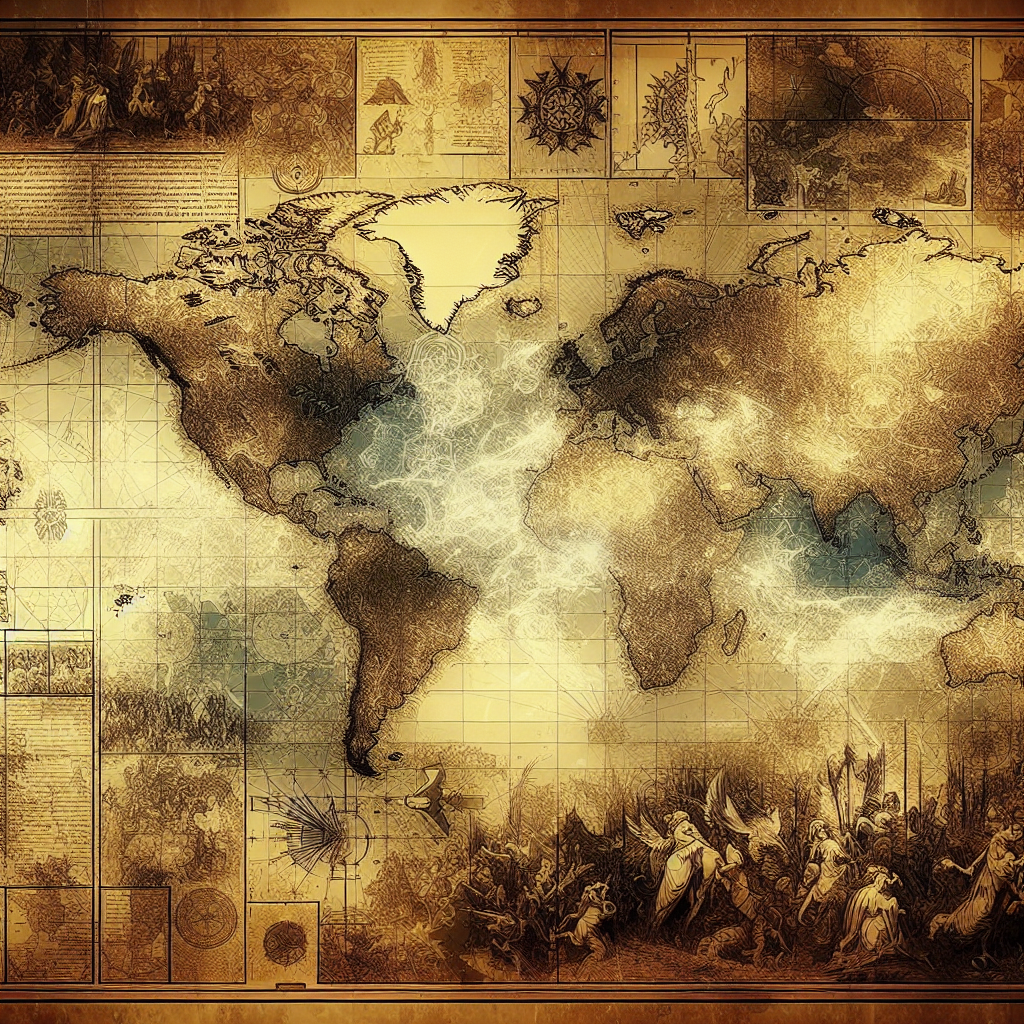The Forgotten Warriors: Spahi and Their Legacy
Imagine a cavalry so fierce and skilled that they became the backbone of empires, yet today, they are barely a footnote in history. The Spahi were elite cavalry units that served in the Ottoman Empire and later in the French colonial forces. Originating in the 14th century, these warriors were primarily stationed in North Africa and the Middle East, where they played a crucial role in maintaining the vast territories of the Ottoman Empire. Their legacy continued into the 19th and 20th centuries under French rule, where they were instrumental in colonial campaigns. But why have these formidable fighters been relegated to the shadows of history?
First off, the Spahi were not your average soldiers. They were a unique blend of warrior and landowner, given land in exchange for military service. This feudal-like system ensured their loyalty and effectiveness. They were the original "boots on the ground," long before the term became a military cliché. Their horsemanship was legendary, and their ability to navigate the challenging terrains of North Africa and the Middle East made them indispensable. Yet, despite their prowess, they are often overlooked in the grand narratives of history.
The Spahi were also a symbol of the multicultural fabric of the Ottoman Empire. They were recruited from various ethnic groups, including Turks, Arabs, and Berbers. This diversity was a strength, allowing them to adapt to different cultures and environments. However, this very diversity is perhaps why they have been forgotten. In a world that increasingly values homogeneity and clear-cut narratives, the Spahi's multicultural legacy doesn't fit neatly into any one box.
Their decline began with the fall of the Ottoman Empire and the rise of modern nation-states. The Spahi's feudal system was incompatible with the new world order, which favored centralized, professional armies. The French, recognizing their value, incorporated them into their colonial forces. But even then, they were seen as relics of a bygone era, useful only until modern military technology rendered cavalry obsolete.
The Spahi's story is also a cautionary tale about the dangers of being on the wrong side of history. As colonial forces, they were often pitted against local populations, making them symbols of oppression rather than liberation. This has further tarnished their legacy, making them a controversial subject in the regions they once protected.
In today's politically charged climate, the Spahi are a reminder of the complexities of history. They challenge the simplistic narratives that dominate our understanding of the past. They were warriors, landowners, oppressors, and liberators all at once. Their story doesn't fit neatly into the black-and-white world that many would prefer.
So why should we care about the Spahi today? Because they remind us that history is not a simple tale of good versus evil. It's a complex tapestry of human experiences, and the Spahi are a thread that has been unjustly ignored. They challenge us to look beyond the surface and question the narratives we've been fed.
In a world where history is often rewritten to suit modern agendas, the Spahi stand as a testament to the forgotten complexities of our past. They are a reminder that history is not just about the victors, but also about those who served, fought, and lived in the shadows. And perhaps, in remembering them, we can learn to appreciate the rich tapestry of human history in all its complexity.

